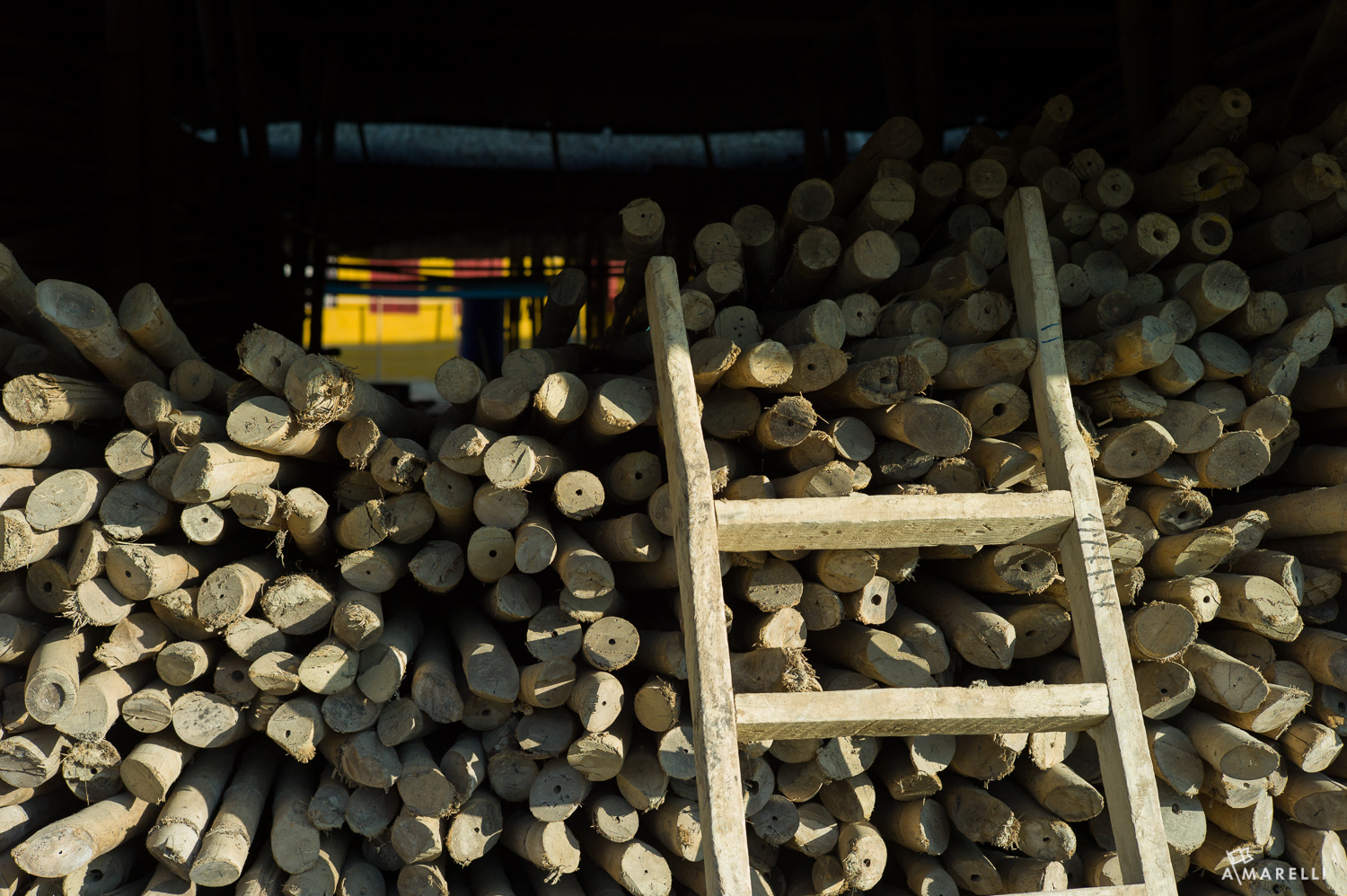
Why would anyone throw out his/her work? For a digital photographer, there is virtually no need. Memory is cheap, hard drives are only growing, and for the time being, image captures have leveled off. The day of 400 megapixel photos might still be on the horizon, but if most of the world only wants to share pictures on social media, the battle for largest image capture is already over.
If saving pictures is so easy, why would you throw them out?
If you collect pictures like a hoarder, it will inhibit your ability to grow as a photographer.

Discarding art was a well-known practice in art school. One of the differences between my art classes and my other classes was that, in art classes, we made things with the intention of throwing them out. It seemed silly at first, maybe even wasteful. But imbedded in this practice of throwing out our work were three very important lessons that I see many photographers struggle with on a daily basis.
If you collect pictures like a hoarder, it will inhibit your ability to grow as a photographer.

Do you have a fear of losing your best shot? You are not alone. Many photographers and artists for that matter worry about not being able to hit their “artistic home run” again. They hold on to previous accomplishments for dear life. This can be debilitating. The success of previous work, great or small, can get in the way of growth. To combat this tendency, teachers literally MADE us throw things out. They would say, “If you really want that piece, you can make it again at the end of the term.” As it turns out, I never remade a piece.
My building mentor, Mark Ellison, used to say, “Nowhere else is mediocrity so often confused for genius, as it is in New York.” Was he right? I think so. The amount of hype that gets thrown around the city is staggering and most of it is nonsense.
The second lesson that art school taught me was that no matter how much you grew, how much you developed, or how staggering your successes, you were NOT supposed to drink your own Kool-Aid. There was to be no self-reverence. When you watch your photographs, paintings, and sculptures disappear into the communal dumpster, it reminds you that creativity is a process that creates more sh*t than masterpieces.
While I was in my last year, I read a story about a sculptor named Tom Friedman. Most of you will not know the name. He has nothing to do with the photography world, but he told an interesting story about his start at graduate school that I found helpful.
Tom was struggling with his work; every part of it. The subject, the style, and the whole point of what he was doing bothered him. In a quasi-nervous breakdown, he emptied his studio. He threw out all of this work. The only things left were the floors and the blank walls.
As an experiment, the first thing he brought back into the studio was a puzzle. Yup, an ordinary 1000-piece puzzle. He assembled the puzzle on the floor with one minor change. He left a three-quarter inch space around every piece. The puzzle was correct, but it was as if it had expanded. In the emptiness of the studio and the absurdity of this challenge, he started to take a different view of simple objects. He credits the space, both literal and psychological, as the catalyst for this major breakthrough in his art-making process. From this point on, his work grew, attracting the attention of a number of major worldwide galleries and museums for his ability to reveal the potential in ordinary objects and change the way we think about things.
The lesson for the photographer in all of this:
Try not to get buried in your own work, gear, or practices. Step back from time to time as a reality check.
If you don’t trust yourself, ask someone else. Creativity in all forms needs room to grow.
Try not to get buried in your own work, gear, or practices. Step back from time to time as a reality check.